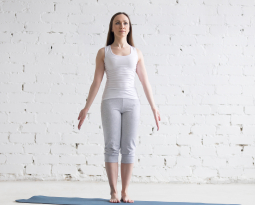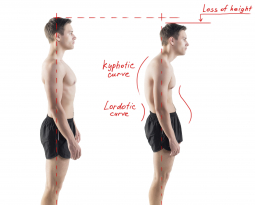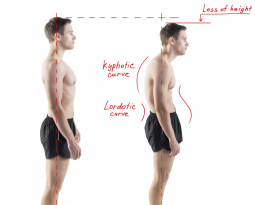
Research Validates Posture Imaging
Posture Imaging is one of the most useful clinical analysis tools for complete postural analyses. The American Posture Institute recommends that all Certified Posture Experts implement posture imaging into their clinic for objective analyses and re-evaluations.
Why Posture Images are Vital to Your Practice:
Posture Experts analyze posture imaging to make an accurate analysis of the postural distortion patterns that the patient presents with. Research supports that doing posture imaging is not only more efficient than manually measuring posture angles, but that it is also clinically accurate.
An accurate posture image provides practitioners with the information that they need to quickly analyze posture, reinforcing what was clinically noted on the visual posture analysis.
Now consider the patient’s perspective. As they say, a picture is worth a 1000 words. When a patient can physically see their body analyzed with a posture analysis, it takes an abstract concept and makes it real. They are no longer just trusting what you say, they can see objective evidence supporting that they need to correct the postural design of their body.
Not to mention posture imaging is a fundamental component of safe referrals. Your patients can physically demonstrate what you do, again taking an abstract concept and making it concrete in the minds of potential new patients.
Structural correction can and should be objectively measured. Posture imaging provides you with a precise way to measure clinical outcomes. On each re-evaluation throughout their postural correction program, you can monitor their progress objectively demonstrating functional posture correction.
How to Take Accurate Posture Images:
When taking posture images, standardize the process to make it accurate and efficient. Invest in an Ipad stand or a camera tripod to hold the device still in the correct position while taking the photo. Mark a spot on the floor where the stand will be placed. Then mark a spot where the Posture Expert will stand to take the photo, and where the patient will stand while having their photo taken.
Have the patient close their eyes during the photo and utilize the Wade Technique for Postural Analysis to ensure accuracy. Prompt the patient to breathe in and breathe out with their eyes closed. As they breathe out their shoulders will collapse into a natural posture.
Photos are the most accurate if they are taken with the patient’s shirt off to see their anatomy more clearly (this is not possible in all circumstances, such as at screenings, but should be the standard in your clinic). The patient should also have their shoes off, and their hair pulled back with visibility of the ear and the shoulder.
Once the patient is in proper position, make changes if necessary to the position of the Ipad or camera. Take the photo from the anterior aspect of the patient, then have them turn to one side and take a lateral photo, have them turn again to get a photo from the posterior aspect of the patient, and lastly have the patient turn to the other side that has not yet been photographed. Each time the patient turns to a new position, they perform the Wade Technique for Postural Analysis again to ensure they are in their natural postural position when the image is taken.
Research Supporting the Utilization of Posture Imaging:
1) A research article compares clinical measurements for postural analyses in terms of efficiency and clinical accuracy. According to Fortin et al. (2011), posture photos are the best way to objectively analyze posture. When posture images are taken accurately, they provide the Posture Expert with the information they need to make appropriate clinical decisions. From posture photos, posture angles can be measured, and Posture Experts can objectively evaluate the postural presentation visually.
Fortin, C. et al. (2011) Clinical methods for quantifying body segment posture: a literature review. Disability and Rehabilitation, 33(5) 367-383.
2) This study was designed to evaluate the efficiency and accuracy of utilizing posture imaging as a posture analysis resource for children. The authors determined that posture imaging is reliable for children and that posture imaging is valid for studies including large groups of adolescents. The inter-reliability of posture imaging was considered fair.
Perry, M. et al. (2008) Reliability of sagittal photographic spinal posture assessment in adolescents. Advances in Physiotherapy, 10 66–75.
3) The latest research demonstrates that posture imaging is valid for measuring the head tilt and the neck tilt head posture angles. The authors concluded that Photogrammetry, evaluation with photographs, is a reliable, quantitative method to evaluate the head and cervical posture during mobile phone use. This is relevant to practitioners due to the excessive amount of cell phone usage among patients.
Guan, X. et al. (2015) Photographic measurement of head and cervical posture when viewing mobile phone: a pilot study. European Spine Journal, 24 2892-2898.

















